Inside: Encourage kindness in kids with this kindness holes reward chart to praise kindness when you see it.
I heard a huge gasp and then cries from outside.
The last cupcake had dropped on the ground, frosting side down. And it was an incredible looking cupcake piled high with bright pink frosting and sprinkles.
But no amount of cleaning would save this cupcake and make it edible once again.
Through my daughter’s tears I heard a small little voice:
“Here. You can have half of my cupcake.”
My youngest was standing there holding out her cupcake that hadn’t fallen on the ground, willing to share it with her sister.
Now let me tell you, my heart swelled.
First, we don’t make our kids share. So when they do, it comes from the heart.
Related: Why we don’t make our kids share and we teach them to do instead
But second, giving up a piece of something you really want because someone else doesn’t have anything is a really grand gesture of kindness.
And because my girls were on both the giving and receiving end of this kindness, we had to press pause and call massive amounts of attention to it.
“Oh my goodness. You are so kind. That was a very generous and thoughtful thing to do because you knew how upset your sister was. You didn’t have to share yours but you did it anyways without anyone asking you to,” I praised my daughter. “That’s a kindness hole.”
My daughter beamed from ear to ear.
Not the daughter with the cupcake, although she was happy with her half of a cupcake.
But it was my youngest whose smile was contagious.
Because being kind, being generous, being helpful, being thoughtful makes us happier. It’s scientifically proven.
And the praise she was receiving, the label of “being a kind person,” having your effort recognized and thanked feels good.
She got caught being kind and “earned” a kindness hole.
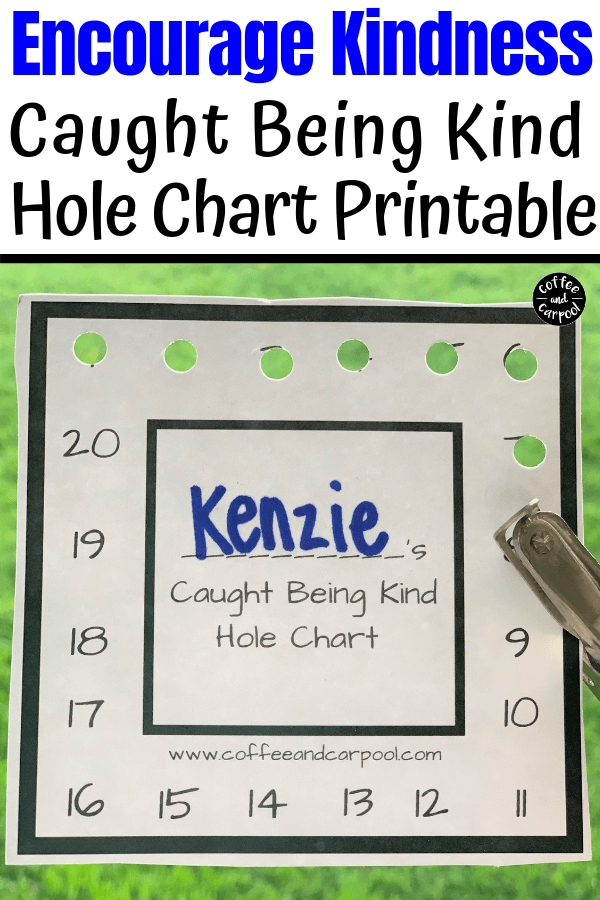
Why we’re raising our kids to be kind
We want our kids to grow up to be the best versions of themselves. In our house, that equates to kindness.
So we are intentionally raising our kids to be kind. It’s so important to us, it’s one of the only two family rules in our house.
We talk about kindness and we model kindness and we 100% praise kindness.
Why?
Why do we make kindness such a big deal?
Because when we focus on speaking with kindness and acting with kindness, it will become our kids’ natural instincts.
When they’re faced with tough social situations on the playground or around bullies or playing sports, they’ll come at it with kindness.
They’ll know they can be mad without being mean.
They’ll know that being thoughtful and thinking of how others would feel is important.
And they’ll know that being kind towards others makes them feel better about themselves.
So kindness is highly valued in our home.
It’s essential to raising our kids.
Why we should praise kindness
One of the most simple, but most powerful ways to encourage our kids to be kind, or to be kinder, is through praise.
So when we see any act of kindness we pause everything and call attention to it.
We do what every parenting manual tells us not to and we “name-call” and label our kids: “You are a kind person.”
And the important thing is, we praise both the small and the large acts of kindness.
Sure the cupcake offering was amazing and it deserved praise.
But honestly, the more powerful praise comes from the quieter, smaller, more normal acts of kindness: holding the door open for someone, giving a sibling a compliment, helping out without being asked, consoling someone who is sad or hurt.

Because if we want our kids to continually act and speak with kindness, we have to actively encourage it.
If we want a certain behavior to continue, or to stop, we have to offer positive reinforcement. We have to extrinsically motivate them with a reward or a “reward” of positive words to get them to want to continue this behavior.
In our home, we offer both verbal words of encouragement and we have a physical way to show our kids we saw them being kind with kindness holes.
This need for positive reinforcement is true for all kids, but is essential for our young children and for kids who really struggle with being kind instinctively. These kids will need frequent and generous positive reinforcement to “train” them to want to be kind.
So each kind word or kind action, big or small, will get praise: “Oh my goodness. You are a kind kid. I loved how you wished your sister good luck on her quiz today.”
Every time they’re kind, more praise. More positive reinforcement. More kindness holes.
Slowly, over time, kindness will become a habit because they’ll realize it really does feel good to be kind.
And then, after the behavior becomes more natural and comes more often, we can wean them off the big, loud, over the top praise. Our kids will be intrinsically motivated to continue acting and speaking with kindness.
And we can move on to giving them a wink when they’re kind. Or we can flash them an “I love you” sign. Or we can give them a head nod signifying we saw how awesomely kind they were.
How to catch kids being kind to encourage kindness
So when we see our kids being kind, we can praise them verbally to encourage kindness.
We can “catch” them being kind and we can tell them how much we value it.
And we can use the phrase I often use when I praise my kids: “You’re the kind of kid who…” and then fill it the blank.
You’re the kind of kid who… consoles a teammate when they strike out.
You’re the kind of kid who picks up all the papers that fell.
You’re the kind of kid who offers a taste of your ice cream to your Mama.
But we can also use a physical type of praise that serves as a visual reminder.
We have used an Ice Cream Sibling Chart to encourage more kindness between siblings.
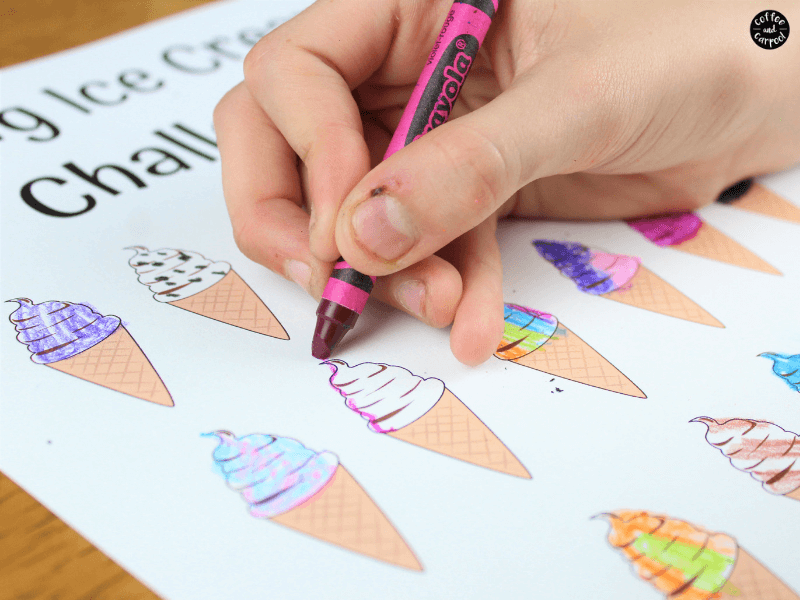
We have used these “caught being kind” cards and “awarded” them to our kids or had them delivered by the Kindness Elves.

And we have used a “hole chart” to encourage our kids to want to listen to us.
But we also have a Kindness Hole Chart to encourage more kindness.
Here’s how to use the Kindness Hole Chart:
1. Download and print the kindness hole chart (download it below).

2. Cut the cards apart.
3. Add your kid’s name to the chart. Let them color it or draw on it so they feel ownership of it. Then hang it on the fridge or somewhere visible and easily accessible.
4. Each time your child acts or speaks with kindness, tell them they earned a kindness hole, praise them for it, and punch a hole in their card.
Need a hole puncher? Grab one here.
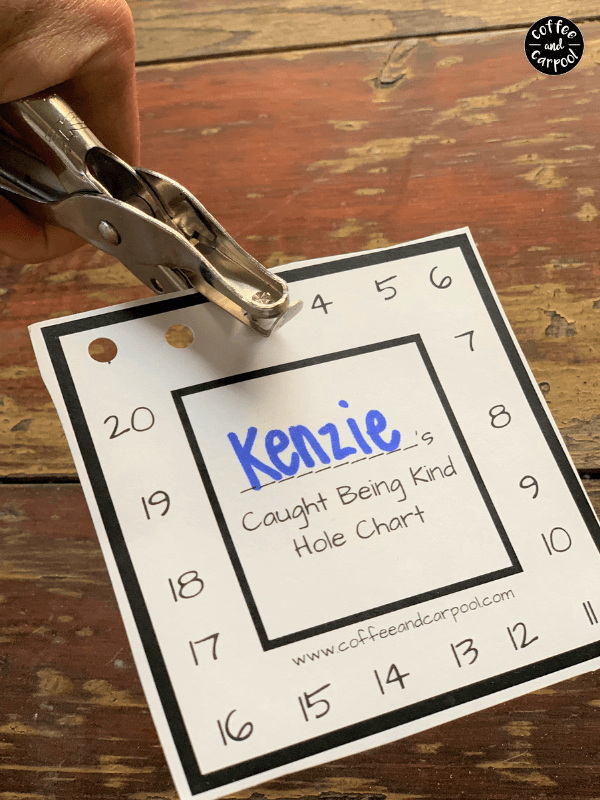
5. When they get to 20 kindness holes, they earn a prize. The prize could be anything of value to your child. It could be a sticker, a few extra minutes of screen time, or a “date” with you.
It could also be a trip to the Dollar Store where they spend a few dollars to buy toys to hide for other kids at the park using our Random Acts of Kindness cards.
Or they could earn a kindness-themed book so you can read about even more ways to be kind together.
Related: Must Have Books to Raise Kind Kids
“Prizes” that are experiences or time spent doing something with you is always more powerful than purchasing them “stuff,” (with the exception of books.)
Because if your kids are anything like my kids, they do not need another stuffed animal, another sparkly pen, or more art supplies. But they can always use more experiences and more time to connect.
Related: How to Connect with your Child or Tween
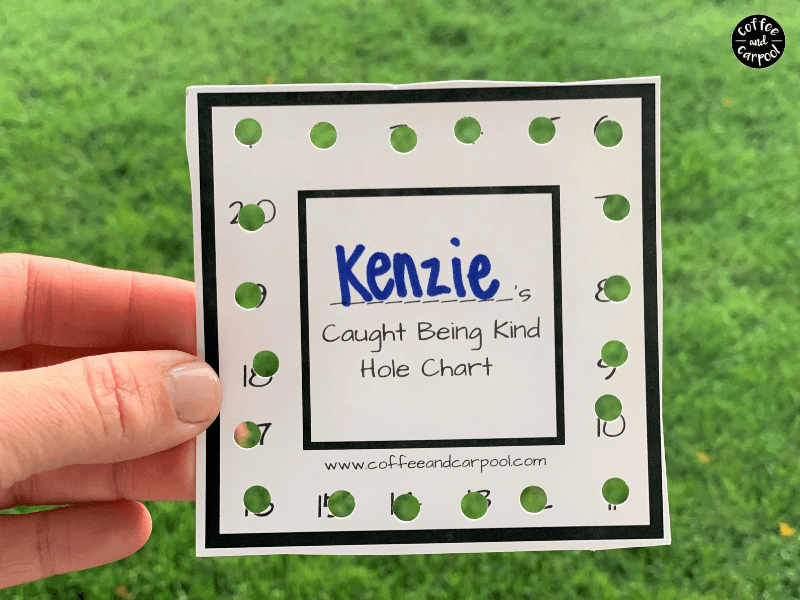
6. Once they earn their 20 kindness holes on their reward chart and get their prize, start another kindness hole chart and do it again to encourage more kindness.
It will continue to work as long as you are consistent with giving out the holes when you see them acting or speaking with kindness.
They will want to be kind more often. It will become engrained in them.
And when these kind kids are grown, they’ll be kind adults.
Adults who will know the value of sharing half your cupcake with someone who dropped theirs.
And the world needs more kind adults.
Those are the people that can, and will, change the world.
One half of a cupcake at a time.


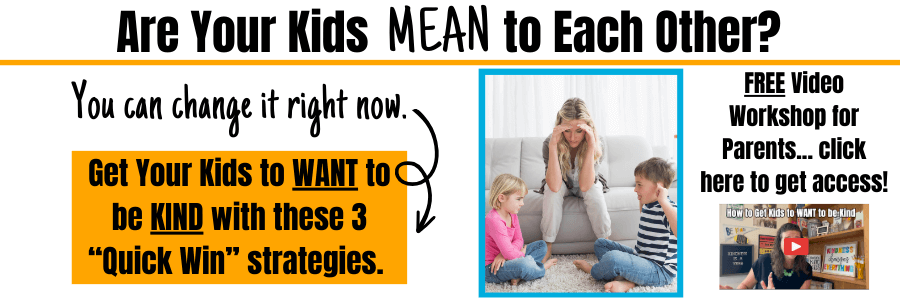

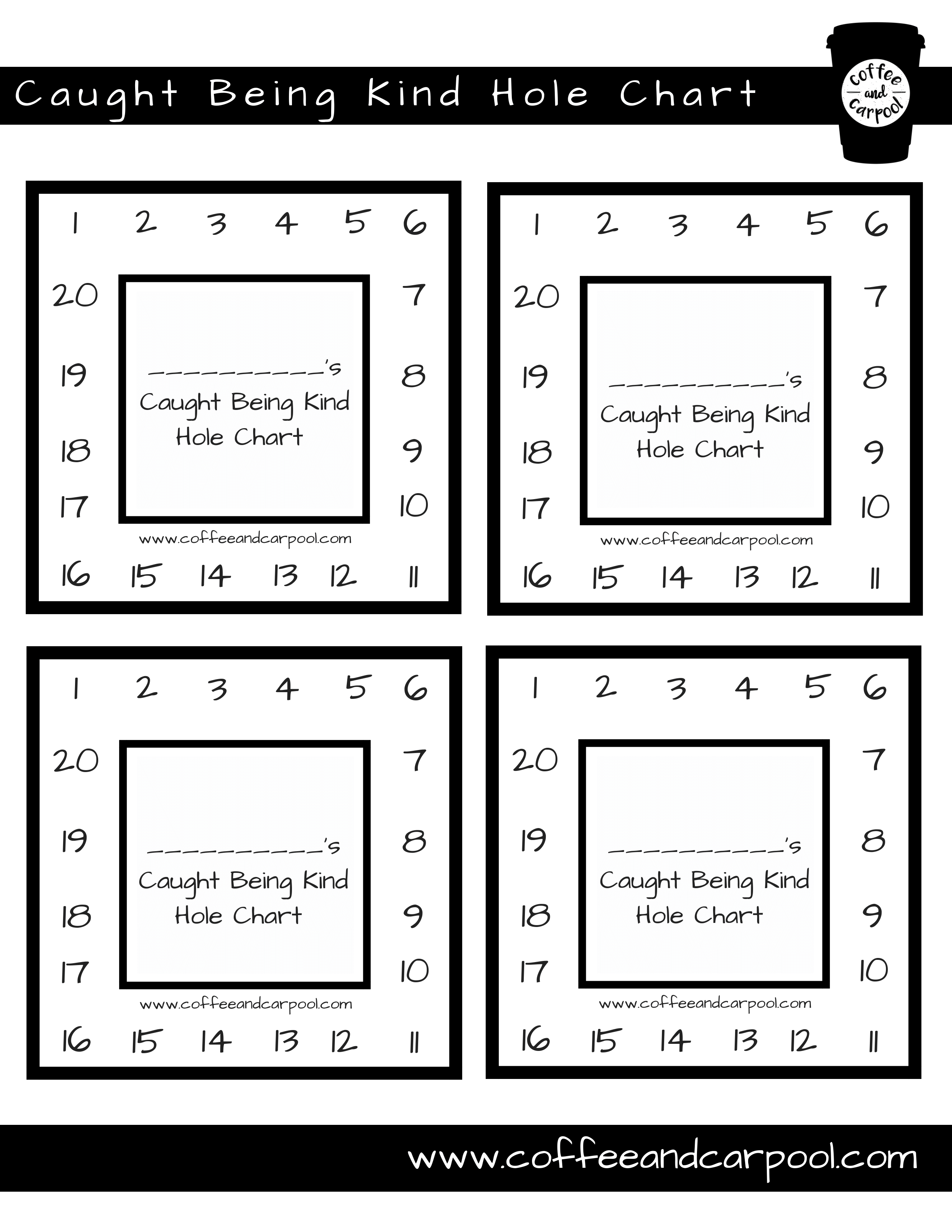
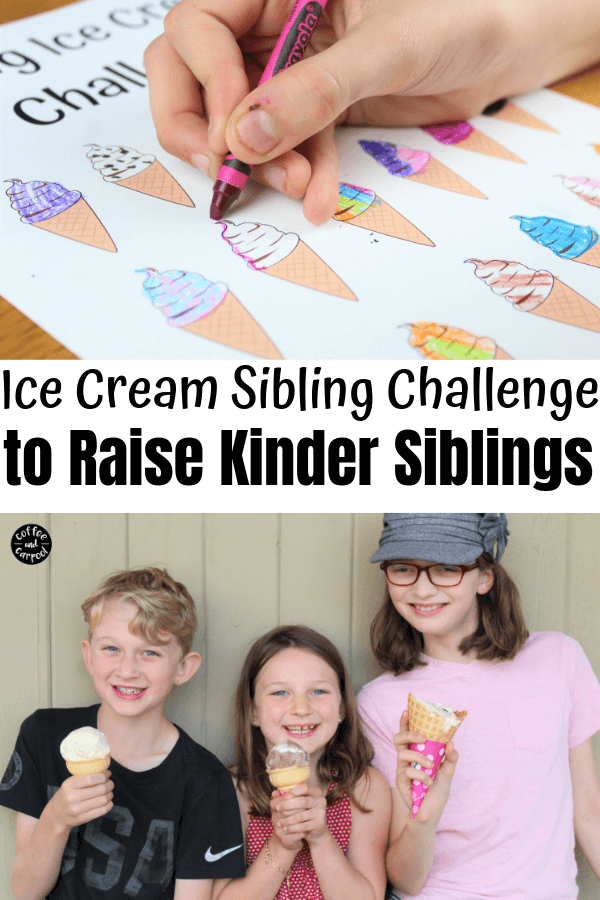
faye says
The kindness activities are very important and much needed in the world today. It seems like there is a generation who has lost these simple communication skills and we need to get back to teaching it. Thanks for sharing and getting the message out there. We can’t change the world but we can help those around us and spread love, support, and kindness as each one of us shares these ideas.